Data for mapping and other applications is the lifeblood of machine-driven cars, and so far, Tesla has taken a definitive lead in information it has gathered ahead of other driverless players, including Waymo.
But Tesla's position could be short-lived, if the world's largest carmakers, such as General Motors (GM), Volkswagen, and Nissan using Mobileye sensors embedded in their car models, begin to upload data from millions of cars they sell every year.
The stakes are high, since collecting the most data could play a decisive role in the race to develop truly safe and reliable Level 3, Level 4, and more-advanced driverless cars first.
The Tesla Advantage

Tesla recently informed owners of Model S and Model X models produced since October that it was uploading videos that the the cars' exterior cameras take. The electric carmaker is also uploading data from its recently launched Model 3 after deliveries began this month.
A Tesla spokesperson contacted by Driverless for this article could not comment directly but referred to previous statements and blog posts about the project.
We are working hard to improve autonomous safety features and make self-driving a reality for customers as soon as possible. In order to do so, we need to collect short video clips using the car's external cameras to learn how to recognize things like lane lines, street signs, and traffic light positions. The more fleet learning of road conditions we are able to do, the better your Tesla's self-driving ability will become.
What sets Tesla apart is the sheer number of cars in its fleet regularly uploading data with models it began to make in October 16 of last year with its latest version of Autopilot. In the fourth quarter of 2016, Tesla said it made 24,882 units of its Model S and Model X models, but those production numbers include cars made with the previous version of Autopilot until October 15 of that year.
Tesla reported its second-quarter production totaled 25,708 vehicles, bringing its ffirst-half 2017 production to 51,126 cars. The total number of Tesla vehicles uploading data is thus roughly over 86,000 units.
Tesla would not disclose the total number of miles of driving data it collected. However, if Tesla only uploaded 1,000 miles of driving data per year per car (a very conservative estimate), the total number of driving data would total close to 90 million miles.
Comparatively, Google began uploading visual data over a decade ago that Waymo uses from over five million miles its cars have driven as part of its "Ground Truth" project. Waymo tweeted earlier this year that its driverless fleet, which is just a fraction of that of Tesla's, had racked up 3 million miles, a small percentage compared to the number of driving miles Tesla has accumulated.
Tesla gathers and uploads data over the air from its Model S, Model X, and Model 3 cars with its new version of its Autopilot self-drive system. The information uploaded from Tesla's car fleet is sent to an information pool. The data is analyzed and used to configure software updates that are then sent to the car fleet to improve the neural networks that serve as the underlying machine-taught intelligence used to pilot Tesla's cars.
The data can also be gathered as the software runs in the background in shadow mode when the car's self-drive system is not activated. Types of information registered and uploaded, regardless of whether Autopilot is running or not, might include potholes and other road damage, different weather patterns, or traffic conditions. Videos taken by several cars, at different times, of signposts and other objects along the same streets and roads are also analyzed and cross-referenced for more accurate 3D maps.
The Missing GM and Mobileye Link
Other carmakers actively pursuing self-driving development, including GM Cruise, Ford, Nissan, Mercedes-Benz, and Volvo, have yet to disclose their cars' number of mapping miles or whether they have begun to regularly upload data from their fleets.
GM said last year it was in the "exploratory phase" in data gathering from its cars for mapping and other machine-learning application for driverless cars. GM uses Mobileye cameras, as part of Mobileye's Road Experience Management Program that involves sourcing data from car fleets for driverless development. If activated, GM's fleet of millions of cars would obviously quickly surpass the size of Tesla's data uploads, thus overtaking Tesla's lead position for data gathering. Volkswagen and Nissan have also announced they are working with Mobileye to use its fleet source data software for self-driving vehicles through Mobileye's Road Experience Program, but have not disclosed more details.
If anything, Mobileye has done a lot of R&D in gathering data from car fleets, Jeremy Carlson, an analyst at IHS Automotive, told Driverless.
Mobileye's three pillars are sensing, mapping, and driving policy and it has referenced deep learning in its research previously. It has also announced Road Experience Management with GM, Volkswagen, Renault, and Nissan, which will give the company a significant presence for crowd-sourcing on the roads.
The Near Future
GM and Mobileye would not comment when queried by Driverless about the status of its data uploads for its driverless development. Mobileye has yet to demonstrate that data from the cameras embedded in GM cars are capable of uploading data to the cloud, said Danny Shapiro, senior director of automotive for Nvidia, which has emerged as a leading provider of GPU and a neural networking computer platform for a number of carmakers including, Tesla.
I would double check to see if the installed base of Mobileye or any other cameras out there have the ability to upload data. Systems were never designed to do that. Future camera systems should be able to upload data and then download data to cars. But making the assumption that cameras installed on cars can upload data is like making the assumption that all phones with cameras can upload photos to the cloud, which is not the case.
While leading OEMs worldwide could thus one day gather data from millions of cars in their fleets in theory, no OEM has yet to make the claim that it has begun to challenge Tesla's lead. In the meantime, Tesla's Autopilot data gathering project is also relatively new and will likely help to make noticeable improvements to Autopilot in the near future thanks to the rich data trove collected from Tesla's fleet. Also, look out for announcements from Alphabet's Waymo about partnering with Mobileye and Intel for data gathering, given Waymo sister company's Google history of using Intel's CPUs for its server infrastructure.
Just updated your iPhone? You'll find new emoji, enhanced security, podcast transcripts, Apple Cash virtual numbers, and other useful features. There are even new additions hidden within Safari. Find out what's new and changed on your iPhone with the iOS 17.4 update.
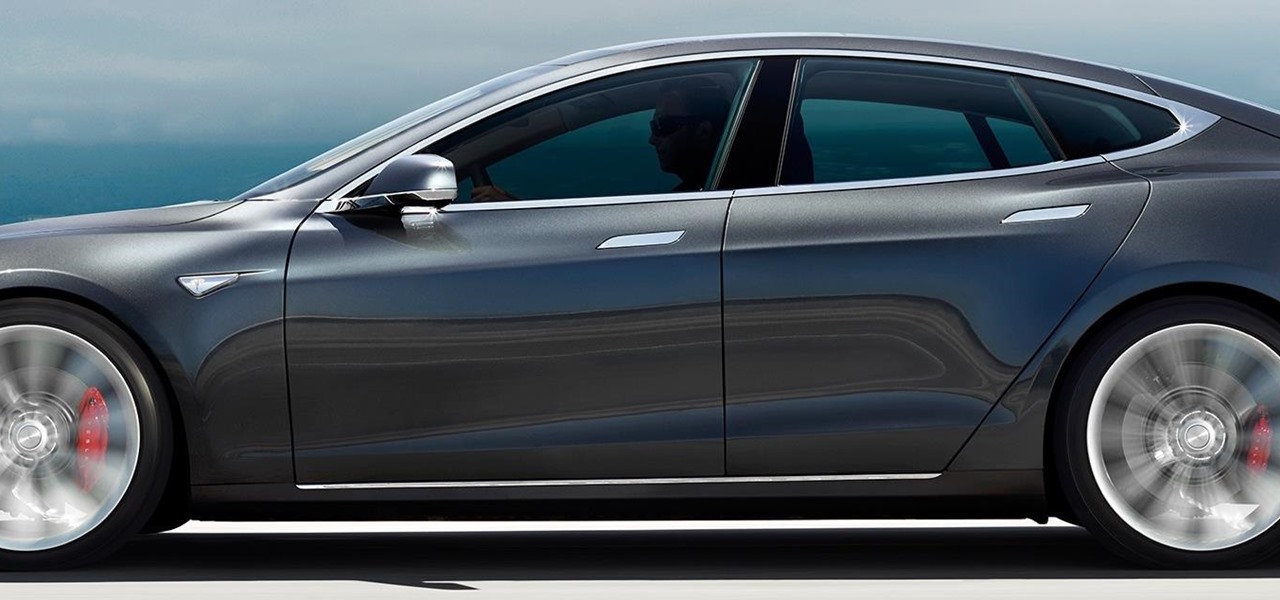


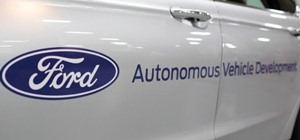

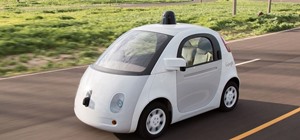

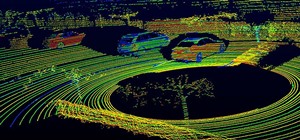

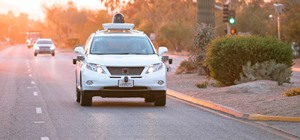
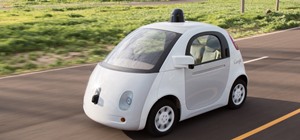
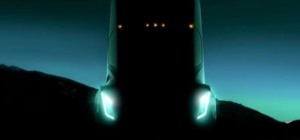
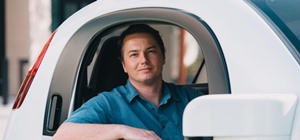
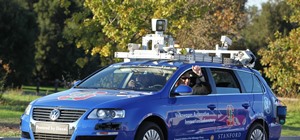


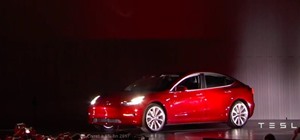




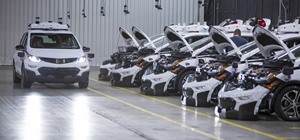
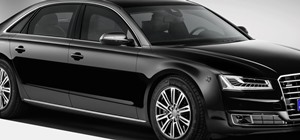
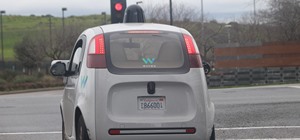

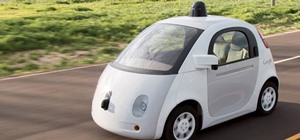
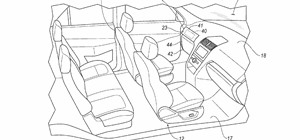



Be the First to Comment
Share Your Thoughts